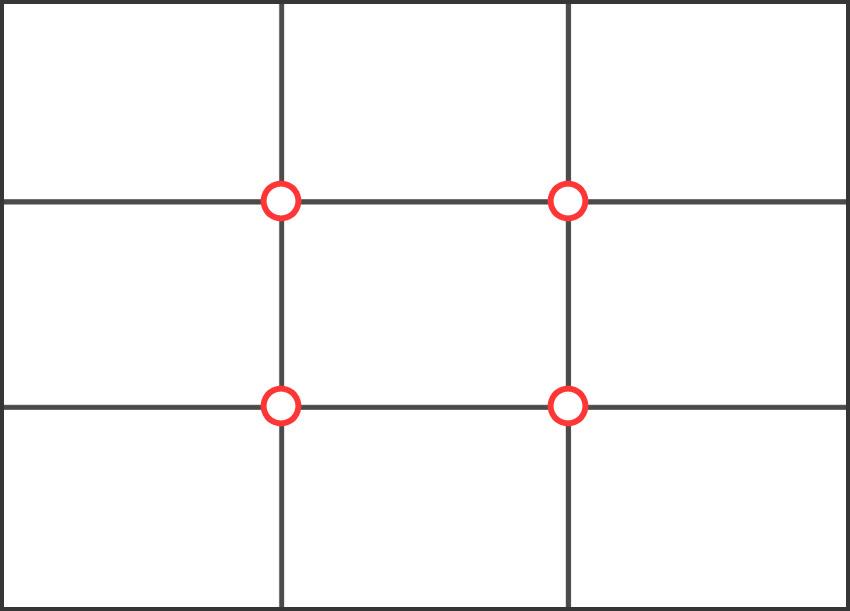How to Read a Photograph: A Beginner’s Guide
Learning how to read a photograph involves analyzing its elements and understanding the context in which it was taken. Photographs are powerful tools of communication that convey stories, emotions, and messages. Whether you’re a photography enthusiast or someone who enjoys looking at pictures, this guide will help you appreciate and interpret photographs more deeply.
Observe the Basics:
a) Composition
Rule of Thirds: Check if the main elements of the photograph align with the imaginary grid lines that divide the image into thirds both horizontally and vertically. This helps in creating balanced and engaging compositions.
Leading Lines: Notice any lines that lead your eye through the image. These can be roads, rivers, or even shadows.

Framing: Look for natural frames within the photograph, such as windows, arches, or trees, that draw attention to the subject.

b) Focus and Depth of Field:
Sharpness: Identify the sharpest areas of the photograph. This often highlights the main subject.
Depth of Field: Observe whether the background is in focus or blurred (bokeh). A shallow depth of field isolates the subject, while a deep depth of field includes more detail.

c) Light and Shadow:
Lighting: Consider the quality of light (soft or harsh), its direction (side, front, back), and its impact on the mood of the photograph.
Shadows: Examine how shadows are used to create depth, texture, and contrast.
Analyze the Content to read a photograph
a) Subject Matter:
Identify the Subject: Determine what the main focus of the photograph is. It could be a person, a landscape, an object, or an event.

Details: Look for small details that might add to the story or context of the photograph.
Emotion and Mood:
Facial Expressions and Body Language: In portraits, pay attention to the expressions and posture of the subjects. These can convey a range of emotions.
Atmosphere: Consider the overall mood of the photograph. Is it joyful, somber, serene, or tense? The combination of light, color, and composition often creates the atmosphere.
Context and Setting:
Location: Identify where the photograph was taken. The setting can provide context and background to the story being told.
Time: Consider the time of day, season, or historical period depicted in the photograph. These elements can influence the photograph’s meaning and impact.
Interpret the Message
Narrative:
Story: Think about the story the photograph is telling. What happened before or after the moment captured? What is the photographer trying to communicate?

Symbols: Identify any symbols or metaphors in the photograph. These could be objects, colors, or poses that carry deeper meanings.
Photographer’s Intent:
Purpose: Consider why the photograph was taken. Was it for art, journalism, documentation, or personal expression?
Perspective: Reflect on the photographer’s perspective and point of view. What angle did they choose and why? How does this affect the interpretation of the image?
Cultural and Historical Context:
Cultural Significance: Think about the cultural background of the photograph. Are there cultural symbols or practices depicted?

Historical Context: Place the photograph in its historical context. What events or social issues might it be addressing?
Reflect on Your Response
Personal Reaction:
Emotion: Pay attention to how the photograph makes you feel. Does it evoke happiness, sadness, curiosity, or discomfort?

Connection: Consider why you feel a certain way. Is there something in the photograph that resonates with your personal experiences or beliefs?
Critical Thinking:
Question: Ask questions about the photograph. Why was this moment chosen to be captured? What might be happening outside the frame?

Compare: Compare the photograph with others by the same photographer or within the same genre. What similarities and differences do you notice?
Conclusion
Reading a photograph is an engaging process that combines observation, analysis, and interpretation. By looking closely at the composition, content, and context, and by reflecting on your own reactions, you can uncover the deeper stories and meanings behind the images. Whether you are a casual viewer or a budding photographer, developing the skill to read photographs will enhance your appreciation of this visual art form and deepen your understanding of the world captured through the lens.















